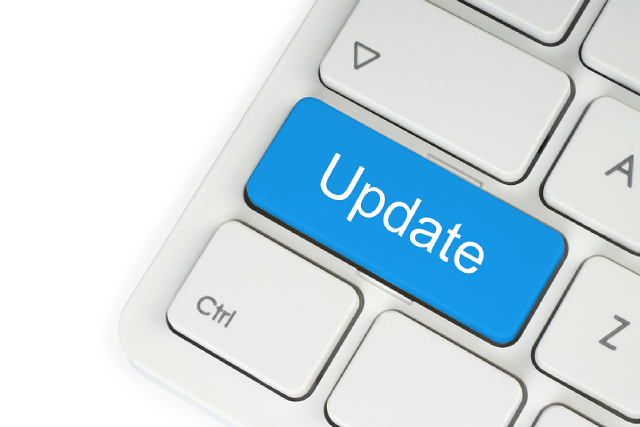- hello@group8.co
- 12 Marina View, Singapore

Many articles that talk about cybersecurity best practices almost always touch on the importance of swift and regular installation of patches and updates. Just as using multi-factor authentication and leveraging relevant cyber security services in Singapore are fundamental to cybersecurity hygiene, patching known vulnerabilities is widely considered a standard practice. Yet, emerging perspectives challenge this conventional wisdom. In light of recent high-profile incidents, cybersecurity professionals are increasingly questioning whether it’s still ideal to install patches immediately after their release.
While mitigating vulnerabilities remains vital, more and more experts now believe delaying – or even forgoing – a patch may be the better choice, particularly when a vulnerability does not directly impact an organisation’s environment. For instance, non-internet-facing assets or systems already protected by additional controls may require a reevaluation of patching imperatives.
The default response to newly released patches often mirrors a race against time: deploy now, mitigate later. However, modern cybersecurity demands a shift from urgency to intentionality. Before initiating patching protocols, organisations must first align their actions with their unique risk tolerance and operational context.
With new vulnerabilities emerging at an accelerated pace, many organisations are finding themselves overwhelmed by the sheer number of alerts, even with the help of VAPT services in Singapore. This leads to confusion over which vulnerabilities should be prioritised to minimise overall risk exposure. The growing volume of common vulnerabilities and exposures (CVEs) can create the false impression that all vulnerabilities pose equal risk, thereby making patch management a daunting task. Consequently, cybersecurity researchers now recommend evaluating each vulnerability’s risk individually so that businesses can determine which ones require immediate attention and which may be deprioritised.
Effective prioritisation starts with having comprehensive visibility into organisational assets and continuous monitoring of the attack surface. Yet, achieving this visibility is often complicated by third-party dependencies, shadow IT, or overaccelerated digital transformation initiatives that outpace security assessments.
Implementing an attack surface management (ASM) programme is pivotal to navigating these challenges. Such programmes enable organisations to catalogue networked technologies, identify exposure points, and allocate protections strategically. Core components of ASM include:
By mapping assets and assigning risk thresholds to each, organisations can streamline vulnerability management. Critical systems – those integral to operations or housing sensitive data – warrant immediate patching, while less exposed or non-essential assets may be safely deferred or ignored.
Patching timelines should reflect an organisation’s risk appetite and operational realities. One organisation might opt to patch the most critical vulnerabilities immediately, whereas another may determine that a week’s delay is acceptable for its high-priority assets. A well-structured patch management programme categorises assets into tiers based on their importance and acceptable downtime if an issue arises. In any case, there are scenarios where delaying or omitting a patch is not just acceptable but advisable:
Ultimately, patching decisions hinge on a strategic evaluation of business impact: what value does the patch deliver relative to its operational cost? Organisations must weigh the consequences of potential downtime or breaches against the resources required to remediate vulnerabilities. By embracing the reality that not every flaw can – or should – be patched, security teams can reallocate focus to high-impact threats while maintaining resilience. In cybersecurity, discernment is not complacency; it is the hallmark of mature risk management.
At GROUP8, we leverage our decades of expertise to shield your business from known risks and emerging threats. No matter what kind of cybersecurity solution you’re looking for, our diverse range of services ensures you’re always one step ahead of attackers. To learn more, don’t hesitate to contact us at hello@group8.co today.